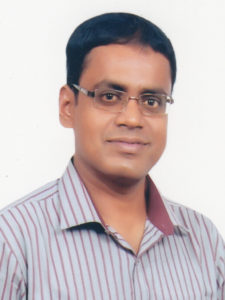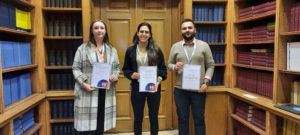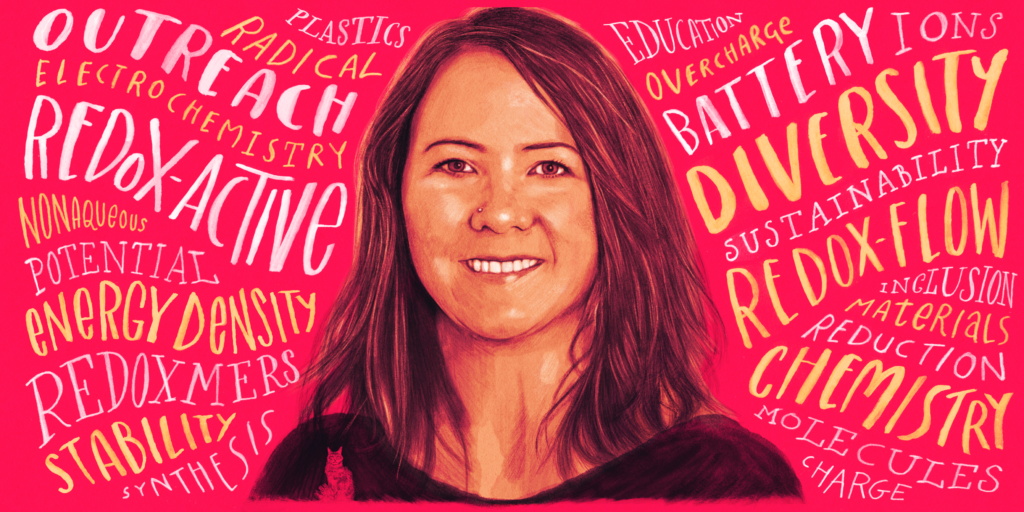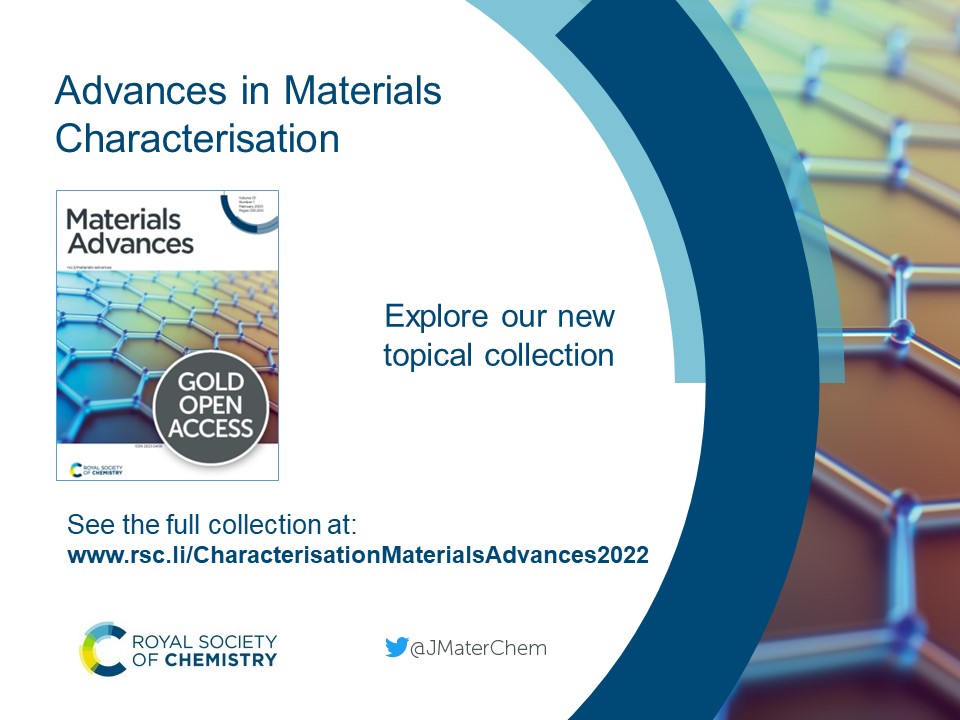Journal of Materials Chemistry A and Materials Advances are delighted to welcome Dr Subrata Kundu from the Central Electrochemical Research Institute (CECRI), India, to our Editorial Boards. Dr Kundu will be joining us as a new Associate Editor.
Dr Subrata Kundu is a Principal Scientist at the Central Electrochemical Research Institute (CECRI) in Karaikudi, India. He received his doctoral degree from the Indian Institute of Technology. He worked as a post-doctoral researcher at the University of Nebraska from 2005-2007, before moving to Texas A&M University from 2007-2010.

‘I will be ecstatic to receive top quality research papers and proud to contribute to developing the journal’s content, which addresses novel materials for energy and sustainability for the benefit of the scientific society.’
Dr Kundu has been the recipient of many prestigious awards, such as the Bhaskara Advanced Solar Energy (BASE) Fellowship in 2016, as well as many young scientist awards. He has been recognized as being in the top 2% of scientists worldwide for consecutive years (2020-2022) and was also highlighted as being in the top 5% of highly cited authors in the Royal Society of Chemistry’s journals in 2019. As well as this, Subrata was also listed in the top 3% of highly cited ACS authors in 2019 by the American Chemical Society.
Subrata and his group are well-known in the field of material chemistry, mainly focusing on energy, environment, and catalytic applications. He has published more than 250 research publications in peer reviewed journals, including Journal of the American Chemical Society, Energy & Environmental Science, Chemical Science, Journal of Materials Chemistry A, and Inorganic Chemistry. He is also well-known for his research on the synthesis of metal and inorganic nanomaterials for a wide range of applications, which include electrocatalysis for OER and HER, dye-sensitized solar cells, supercapacitors, and thermoelectric materials. His research also covers analytical and environmental applications and SERS studies.
Check out some of Subrata’s recent publications in Royal Society of Chemistry journals:
Boosting of overall water splitting activity by regulating the electron distribution over the active sites of Ce doped NiCo–LDH and atomic level understanding of the catalyst by DFT study
Hariharan N. Dhandapani, D. Mahendiran, Arun Karmakar, Pandiarajan Devi, Sreenivasan Nagappan, Ragunath Madhu, Krishnendu Bera, Palanichamy Murugan, B. Ramesh Babu, and Subrata Kundu
J. Mater. Chem. A, 2022, 10, 17488-17500 DOI: 10.1039/D2TA04647D
Stabilization of ruthenium nanoparticles over NiV-LDH surface for enhanced electrochemical water splitting: an oxygen vacancy approach
Arun Karmakar, Kannimuthu Karthick, Selvasundarasekar Sam Sankar, Sangeetha Kumaravel, Ragunath Madhu, Krishnendu Bera, Hariharan N. Dhandapani, Sreenivasan Nagappan, Palanichamy Murugan and Subrata Kundu
J. Mater. Chem. A, 2022,10, 3618-3632 DOI: 10.1039/d1ta09627c
Bimetallic tungstate nanoparticle-decorated-lignin electrodes for flexible supercapacitors
Swarn Jha, Siddhi Mehta, Eugene Chen, Selvasundarasekar Sam Sankar, Subrata Kundu and Hong Liang
Mater. Adv., 2020,1, 2124-2135 DOI: 10.1039/d0ma00494d
Join us in welcoming Subrata to our Editorial Boards!
Submit your best work to Subrata Kundu and our team of Associate Editors on Journal of Materials Chemistry A and Materials Advances now! Check out our author guidelines for information on our article types or find out more about the advantages of publishing in a Royal Society of Chemistry journal.
Keep up to date with our latest articles, reviews, collections & more by following us on Twitter, Facebook or by signing up to our E-Alerts.
Comments Off on Journal of Materials Chemistry A and Materials Advances welcome Dr Subrata Kundu to our Editorial Boards






















